Ever looked yourself up online and realized someone else is using your name? Maybe it’s a stranger on Instagram. Perhaps it’s a company domain that redirects to something unrelated. Or maybe it’s someone pretending to be you or your business.
You didn’t authorize it. You didn’t expect it. But now you’re sharing space with someone you don’t know. And that can create confusion, missed opportunities, or worse—damage to your reputation.
Claiming your name—on social media, directories, blogs, and other websites—is a small step that carries long-term value. Even if you’re not posting content or running ads, owning your name gives you control, protects your identity, and saves you from having to clean up a mess later.
What Does It Mean to Claim Your Name Online?
To claim your name means to secure a unique identifier, such as a username, domain, or profile, that represents you or your business across various platforms. It’s your digital signature, and it plays a key role in building trust and recognition.
Every platform—LinkedIn, YouTube, Threads, Instagram—is a host for some portion of your identity. If someone else claims your name first, you risk losing control over how others see or interact with you.
It’s not just about visibility. It’s about authorization, access, and protecting what represents you.
Why Consistency and Control Over Your Online Identity Matters
Having a consistent online identity builds familiarity and helps others remember you. It shows you’re intentional about how you present yourself—something that relying parties, such as clients, employers, and even algorithms, value.
For businesses, consistent handles across platforms help create seamless branding and recognition. For individuals, a uniform presence communicates professionalism and builds trust.
Your name becomes the anchor that ties your digital presence together. It brings clarity to your audience—and keeps the wrong people from taking up your space.
How Claiming Your Name Helps Prevent Risk and Confusion
Failing to claim your name leaves room for others to act on your behalf, intentionally or not. These risks include:
- Someone else is claiming your name and using it in a way that conflicts with your values or work
- Impersonation or brand confusion that affects your reputation
- Delays in securing your rightful username later, forcing you into awkward variations
- Lost opportunities when a user, customer, or entity can’t find the real you
When you don’t take action, you limit your ability to respond to future issues. It’s much harder to clean up confusion than to prevent it.
Does Trademark Registration Help Protect Your Name?
Yes—but it’s different from a name claim. While securing a username gives you control over specific platforms, registering a trademark provides legal protection for your brand.
If your name has distinctive or descriptive value and is used commercially, it may qualify for trademark registration. This means:
- You can file a claim through the trademark office
- You gain legal rights to your mark
- You can take action (like sending a letter or a cease and desist) if someone misuses your name
Your digital footprint helps build what the trademark world refers to as secondary meaning—public recognition tied directly to your name. The stronger the recognition, the easier it becomes to enforce your rights if needed.
If you’re serious about protecting your brand or business name, speak with a trademark attorney to understand how to register and what classes to include. Having both a claimed name and a registered mark gives you security from both ends.
Best Practices for Claiming Your Name Across Platforms
Ready to take action? Here’s how to claim your name the right way:
1. Start With a Name Search
Use a social handle checker to find where your name is still available. Look at:
- Instagram, Facebook, X (Twitter), LinkedIn, TikTok, Pinterest, Threads, YouTube
- Domain availability for websites
- Business directories like Google Business, Yelp, and industry-specific platforms
Keep a collection of the names you’ve claimed. Make sure no key platforms are left out.
2. Use the Same Username Wherever You Can
Consistency builds distinctiveness. Choose a handle that:
- It is short, clear, and easy to remember
- Matches your domain or email
- Avoids unnecessary numbers or symbols (unless part of your brand)
If your exact name is taken, add a simple variation—like your middle initial or profession.
3. Register a Trademark If You’re Building a Brand
If you’re launching a business, product, or public identity, it’s worth speaking with a legal professional. A registered trademark provides the backing you need to protect your name in the long term. This is especially true if you’re operating in multiple states or countries.
4. Complete and Update Your Profiles
Don’t just claim the handle—make sure the account looks legitimate. This includes:
- A clear profile photo
- A short statement or bio
- Contact information or links to your website
Even if you’re not posting regularly, people should see that you’re the verified owner of that name. Keep things updated as you grow. Refresh your visuals, update your bio, and monitor for any changes.
What Happens If You Don’t Claim Your Name?
Let’s look at the outcome of skipping this step:
- You lose access to your preferred name
- Other parties may use it in a way that doesn’t reflect you
- Clients or contacts might struggle to find you, creating friction
- You could end up in disputes—or even legal conversations—that cost you time and resources
Waiting only adds pressure and limits your options. Taking early action lets you save effort later and stay ahead of potential problems.
Final Thoughts: Protect Your Future by Securing Your Name Today
You don’t need to be a public figure or a Fortune 500 brand to take this seriously. Your name—whether personal or business—is a form of identity, a source of value, and something worth protecting.
By claiming your name across platforms, you build trust, create continuity, and limit the chance of confusion. You show others that you’re intentional, prepared, and ready to take control of how you present yourself.
So take that step. Claim your name. Secure your digital real estate, protect your brand, and give yourself the flexibility to grow on your terms.

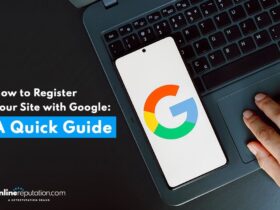



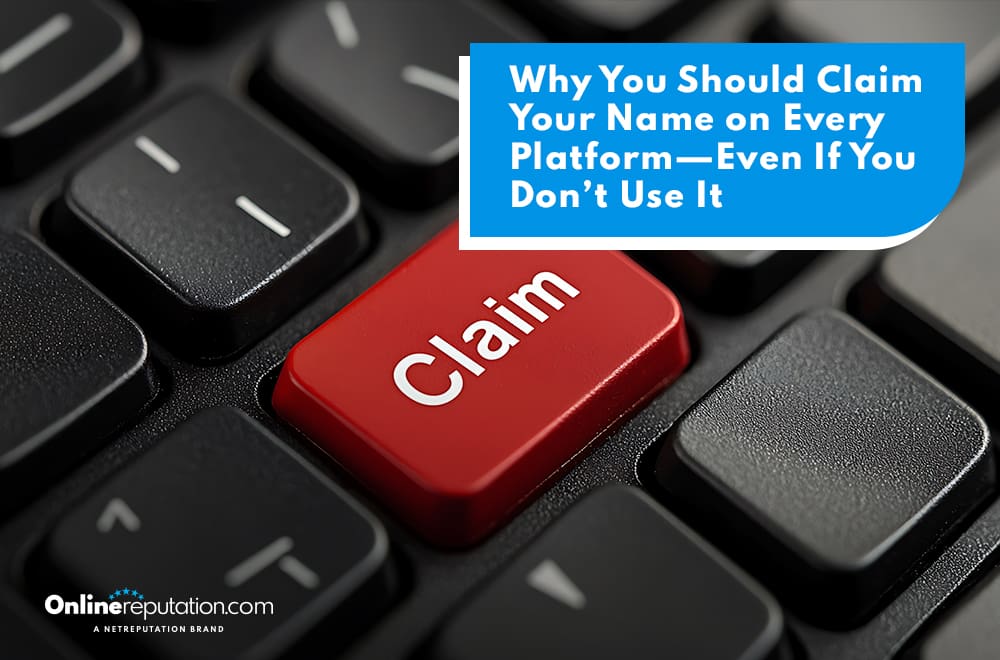

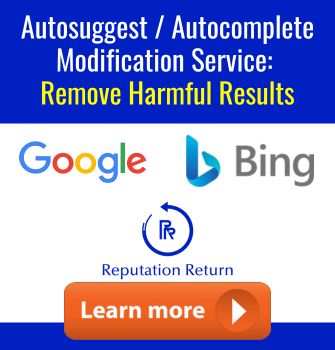



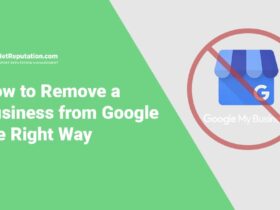
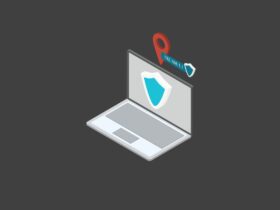



Leave a Reply